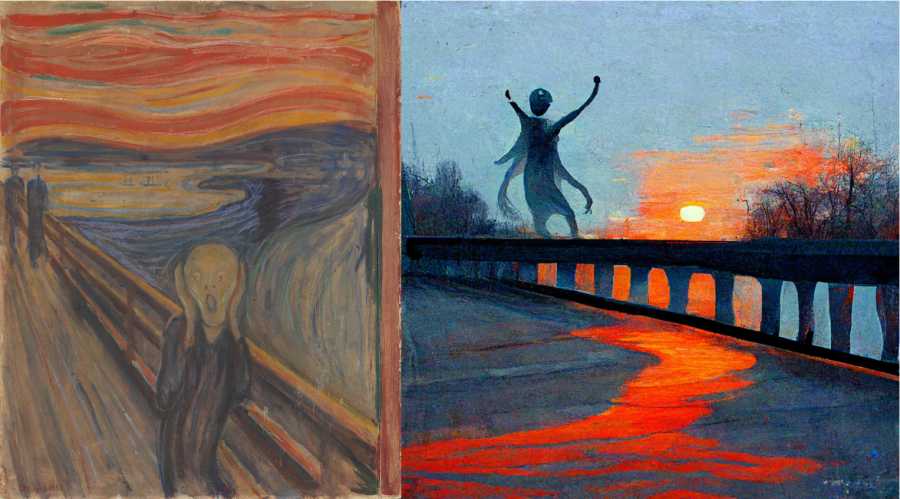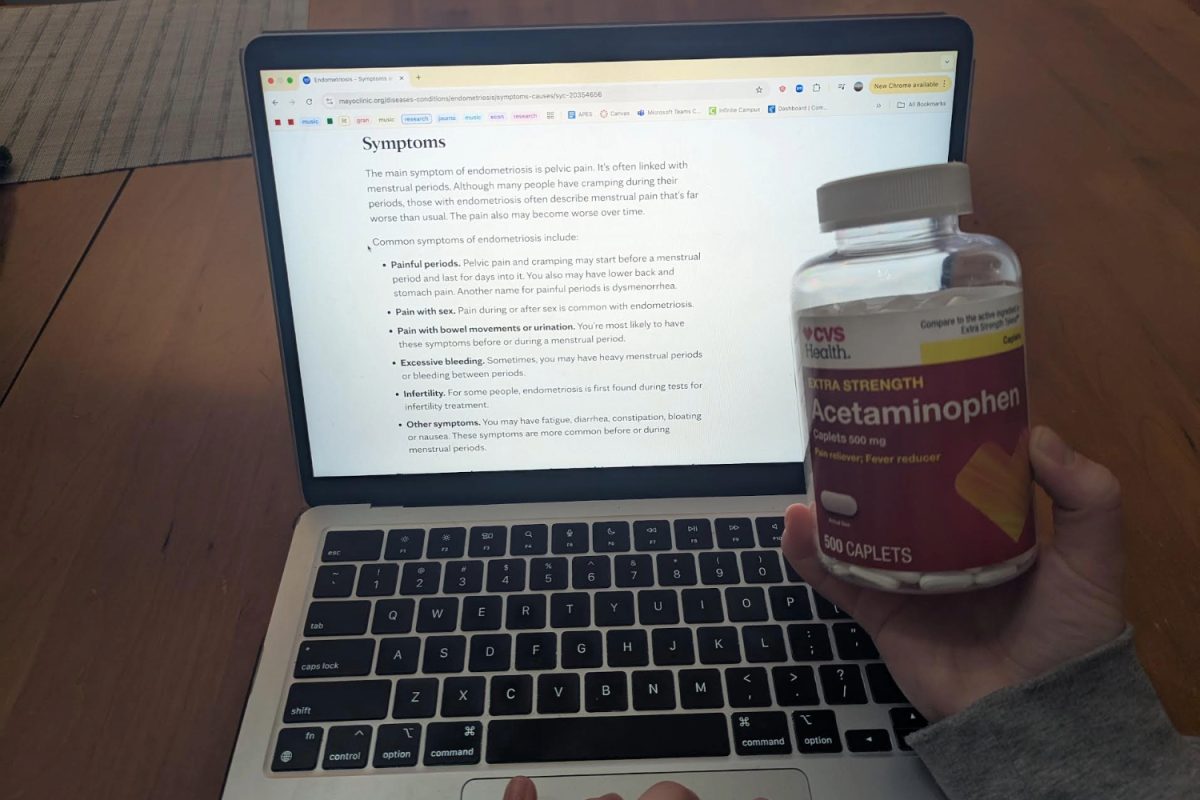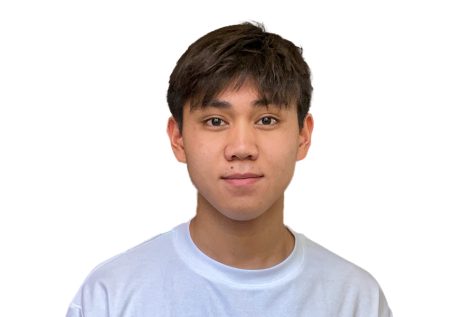The term “artificial intelligence” (AI) has become daunting to many artists. This year, images generated by machine learning programs, including the popular DALL-E and Midjourney, have overrun the internet. The comment sections of posts displaying AI’s talents, however, were filled with people expressing a growing concern of artists being replaced by technology and becoming the next factory workers.
In order to assess the severity of the threat that these machine learning programs pose to artists and creative minds, it’s vital to understand what they are and how they work.
Developer OpenAI defines DALL-E 2, DALL-E’s more advanced successor, as an “AI system that can create realistic images and art from a description in natural language.” Nearly all other AI art systems fit within this mold. All generators also follow a similar process: A user inputs a prompt, and within a few seconds to minutes, a machine learning algorithm will combine, edit, and form images corresponding to what was written. Simply put, this is possible through the technology’s “training” in associating pictures and their relationships with text descriptions.
Most people have used these programs for casual enjoyment, testing the technology’s capabilities with ridiculous prompts. Admittedly, I’ve seen some remarkable results and spent a while discovering the variety of artistic styles and scenes that AI can render. It’s equally entertaining to submit an absurd or overcomplicated prompt and see what the AI will patch together.
But the products of artificial intelligence cannot truly be considered art. Art aims to invoke emotions, convey a message, or portray a concept through creativity and imagination. Hence, we cannot regard AI-generated images as art, despite their visual impressiveness. These programs use references as we do, but without the independence of a real artist. AI “art” is, at best, an extension of the human intellect in its responses to our prompts and, at worst, elaborate plagiarism.
With these definitions in mind, it’s clear that humans have infinitely more value as artists than artificial intelligence. Not only do we have the ability to conceptualize, but we can also incorporate abstract ideas—business principles, symbolism, and cultural references—into our work.
Artificial intelligence is still too rudimentary to match the intellect of an art school graduate or any human with a developed brain, for that matter. At least for now, all it can do is mimic our paintings and photographs, patching together pre-existing images.
Another possibility is that it could follow in photography’s footsteps regarding its influence on artwork. Parallel to photography bringing about impressionism, AI may push us into a more introspective style of creation.
Undeniably, AI-generated images are a threat if used to spread misinformation, presented as original creations in art contests, or other inappropriate activities. Outside of that, though, it’s safe to say that until AI gains sentience, it will remain a supplement to human pursuits. We must recognize this technology as a tool in providing inspiration and aiding us in creating our own visuals, not as a competitor.
































